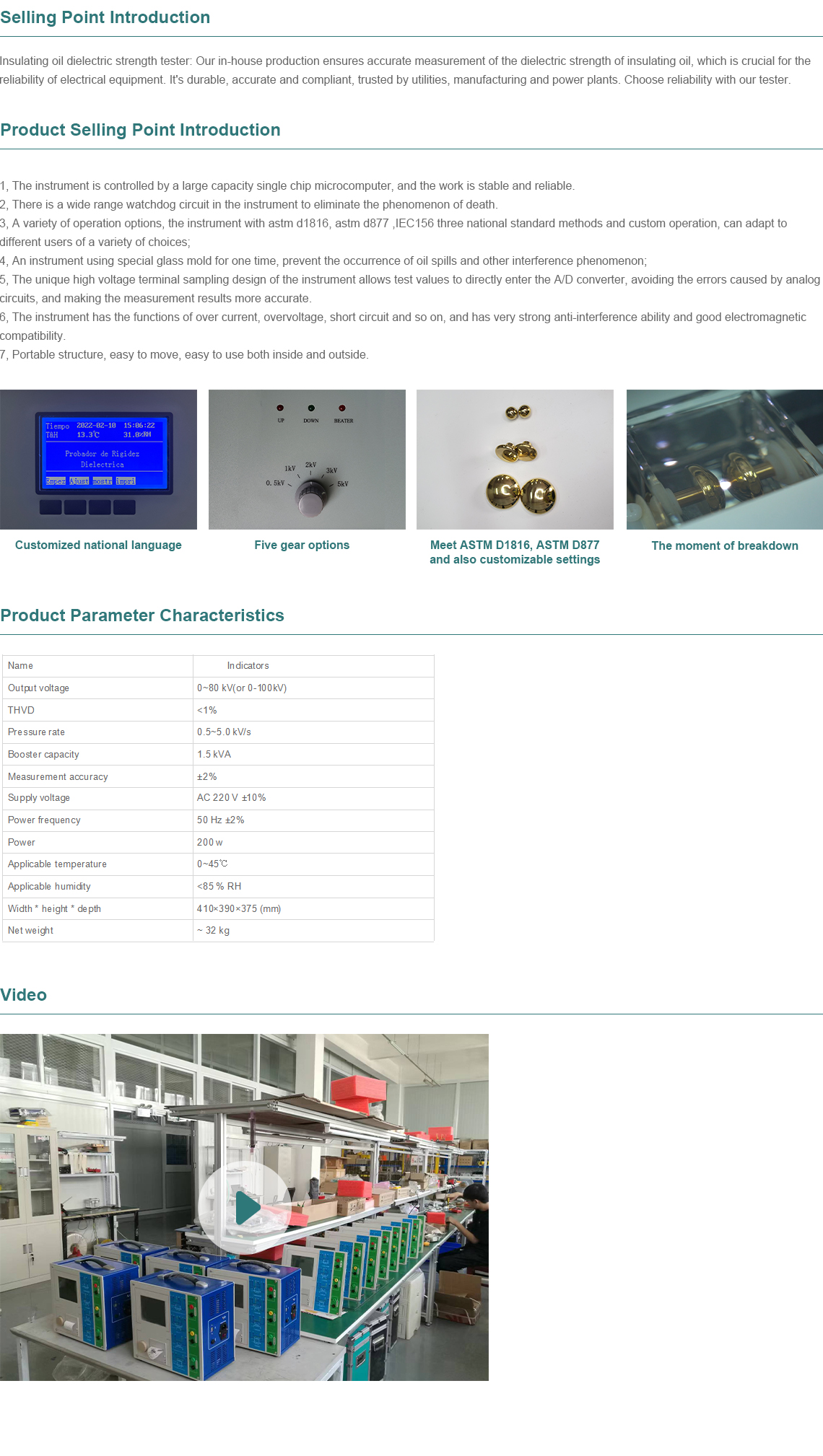 English
English


single distillation unit
Understanding Single Distillation Units in Industrial Processes
Single distillation units are crucial components in various industrial applications, particularly in the fields of chemical processing, oil refining, and alcohol production. This distillation technique relies on the principle of separating components in a mixture based on differences in their boiling points. By understanding the operational mechanics, applications, and advantages of single distillation units, industries can optimize their processes to improve efficiency and product quality.
Operational Mechanics
At the core of a single distillation unit is its ability to heat a liquid mixture, allowing the more volatile components to evaporate and subsequently condense into a separate phase. This process begins with a boiling chamber where the mixture is heated. The vapor produced is then directed to a condenser, where it cools and transforms back into liquid form. The condensed liquid, known as the distillate, is collected, while the residual liquid remains in the boiling chamber, often referred to as the pot.
The design of a single distillation unit can vary, but common configurations include tray columns or packed columns
. Tray columns use a series of horizontal plates to encourage vapor-liquid contact, while packed columns utilize packing materials to increase surface area and enhance mass transfer between the phases. Regardless of the specific design, the efficiency of the separation is influenced by factors such as temperature, pressure, and the inherent properties of the components being separated.Applications
Single distillation units find applications across a broad range of industries. In the oil refining sector, they are employed to separate crude oil into valuable fractions, such as gasoline, diesel, and kerosene. The production of alcoholic beverages also heavily relies on this technique, where fermentation byproducts are distilled to achieve desired alcohol concentrations and eliminate impurities.
single distillation unit

Chemical manufacturing frequently utilizes single distillation units to purify solvents and separate reaction products. Additionally, they are instrumental in the production of specialty chemicals, pharmaceuticals, and fragrances, where precise separation is essential to meet stringent regulatory standards and market demands.
Advantages
One of the primary advantages of single distillation units is their simplicity and effectiveness for processes that do not require extensive separation. These units are often more cost-effective than multi-stage distillation columns, making them suitable for smaller production volumes or pilot plant operations. Furthermore, single distillation units can be easier to operate and maintain, which is crucial for facilities with limited resources or personnel.
Another significant benefit is the ability to achieve high purity levels for specific components. By carefully controlling the operating conditions, operators can optimize the separation process to target desired fractions effectively, minimizing losses and improving overall yield.
Conclusion
In conclusion, single distillation units play a vital role in various industrial processes, providing an efficient means of separating components based on their physical properties. From oil refining to the production of alcoholic beverages and specialty chemicals, these units facilitate the transformation of raw materials into valuable products. As industries continue to prioritize efficiency and sustainability, the importance of optimizing distillation processes will only grow. By leveraging advancements in technology and design, single distillation units remain an essential tool for achieving operational excellence in diverse applications.
-
Differences between open cup flash point tester and closed cup flash point testerNewsOct.31,2024
-
The Reliable Load Tap ChangerNewsOct.23,2024
-
The Essential Guide to Hipot TestersNewsOct.23,2024
-
The Digital Insulation TesterNewsOct.23,2024
-
The Best Earth Loop Impedance Tester for SaleNewsOct.23,2024
-
Tan Delta Tester--The Essential Tool for Electrical Insulation TestingNewsOct.23,2024





